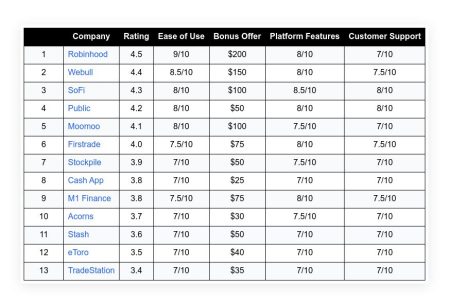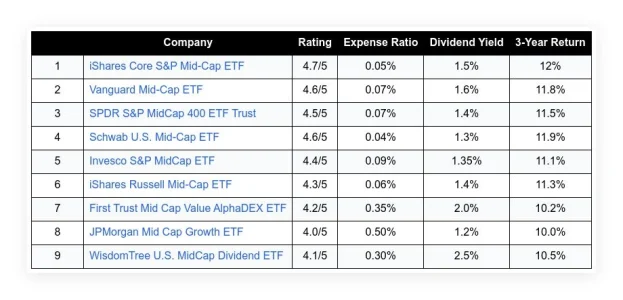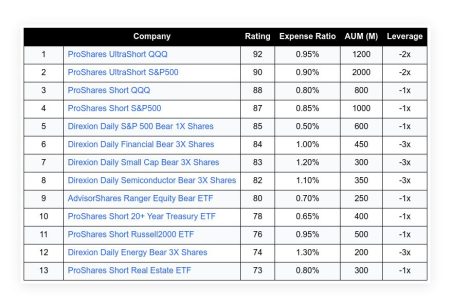The Federal Reserve’s recent forecast on unemployment trends has sparked a significant debate among economists and financial analysts. The Fed’s prediction that unemployment will continue to rise until the end of the year then abruptly stop, flatline, and eventually decrease, has been met with skepticism. This article aims to delve into the historical patterns of unemployment and assess the plausibility of the Fed’s forecast.
View this post on Instagram
A post shared by Taylor Sohns – CFP®, CIMA®, MBA – Finance (@lifegoalinvestments)
Table of Contents
ToggleCurrent snapshot of unemployment trends
The unemployment rate currently stands at 4.2%. The Federal Reserve anticipates a continued increase to 4.4% before it plateaus in 2025 and starts to decrease in 2026 and 2027. This forecast is based on current economic conditions and the Fed’s monetary policy.
However, a closer look at the unemployment trends over the past three years reveals a different story. Unemployment was on a downward trajectory until mid-2023, after which it has consistently moved upwards, forming a clear U-shaped pattern. This pattern contradicts the Fed’s forecast of a flatline and subsequent decrease in unemployment.
Historical unemployment patterns: a reality check
To understand the implications of the Fed’s forecast, examining the history of unemployment in the United States is essential. Historical data shows that whenever unemployment trends down in a U-shaped pattern, it does not tick back down but skyrockets higher. This pattern is particularly evident during recessions, represented by the gray-shaded areas in the historical unemployment graph.
The Fed’s expectation that the current U-shaped pattern will stop, flatline, and tick down contradicts historical trends. This has led some analysts to label the forecast as “historically idiotic.”
The possibility of a reversal
Despite the historical patterns, it is possible that unemployment does not continue its upward trend or skyrocket higher and actually reverses course after creating the clear U-shaped pattern. This could occur due to a variety of factors, such as significant economic growth, effective government policies, or a boom in job creation.
However, the likelihood of such a reversal seems slim, akin to the 0-3 Tennessee Titans winning the Super Bowl this year. While it is theoretically possible, given the current circumstances and historical trends, many would not bet on it.
Conclusion: a call for skepticism and understanding
The Federal Reserve’s forecast of unemployment trends has raised eyebrows among economists and financial analysts. While the Fed expects unemployment to rise, flatline, and then decrease, historical patterns suggest that unemployment is more likely to skyrocket after forming a U-shaped pattern.
While unemployment can reverse course, the likelihood of this happening seems slim based on historical trends. Therefore, policymakers, economists, and the public must approach these forecasts with a healthy dose of skepticism and a keen understanding of historical unemployment patterns.
We see finance and economics, cutting through the noise and understanding the underlying trends is vital to making informed decisions. By examining historical patterns and questioning forecasts, we can become financially more competent and better prepared for the future.
Frequently Asked Questions
Q. What is the Federal Reserve’s recent forecast on unemployment trends?
The Federal Reserve predicts that unemployment will continue to rise until the end of the year, then abruptly stop, flatline, and eventually decrease.
Q. What is the current unemployment rate according to the Federal Reserve?
As of now, the unemployment rate stands at 4.2%. The Federal Reserve anticipates a continued increase to 4.4% before it plateaus in 2025 and starts to decrease in 2026 and 2027.
Q. How does the current unemployment trend compare with the past three years?
Unemployment was on a downward trajectory until mid-2023, after which it has consistently moved upwards, forming a clear U-shaped pattern. This pattern contradicts the Fed’s forecast of a flatline and subsequent decrease in unemployment.
Q. What does historical data show about unemployment trends?
Historical data shows that every time unemployment trends down in a U-shaped pattern, it does not tick back down but rather skyrockets higher. This pattern is particularly evident during recessions.
Q. Is it possible for the unemployment trend to reverse?
Yes, it is possible that unemployment does not continue its upward trend or skyrocket higher and actually reverses course after creating the clear U-shaped pattern. However, the likelihood of such a reversal seems slim.
Q. What is the conclusion on the Federal Reserve’s forecast of unemployment trends?
While the Federal Reserve expects unemployment to rise, flatline, and then decrease, historical patterns suggest that unemployment is more likely to skyrocket after forming a U-shaped pattern. Therefore, it is crucial for policymakers, economists, and the public to approach these forecasts with a healthy dose of skepticism and a keen understanding of historical unemployment patterns.

















